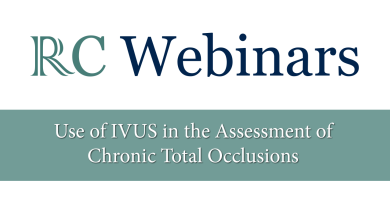
Gerald Werner
MD
Medizinische Klinik I, Klinikum Darmstadt GmbH, Darmstadt, Germany
Biography
Professor Gerald Werner has been Director of Cardiology and Intensive Care at the Darmstadt Clinic, a teaching hospital of the University of Frankfurt, since 2005. This post followed a period of 7 years as Professor of Cardiology at the Friedrich Schiller University Jena, where he was Deputy Director of the Cardiology Department and Head of the catheter laboratory. Prior to this, Professor Werner held other positions at the University of Göttingen (Georgia Augusta) including Consultant in internal medicine-cardiology and Head of the echo cardiology laboratory.
Professor Werner’s research interests focus on the interventional therapy of coronary artery disease, including intravascular ultrasound, chronic total occlusions (CTOs) and collateral physiology, and the applications of lasers in interventional cardiology. He is a pioneer of coronary imaging by ultrasound; his earliest publications in this field date back to 1991, and he was among the first to describe the phenomenon of intramural coronary haematoma, and subintimal vessel pathways during recanalisation of a chronic coronary occlusion. He received the Franz–Maximilian Groedel Award of the German Cardiac Society (GCS) for his work on collateral physiology in CTOs. He has published over 150 original papers and is Fellow of the European Society of Cardiology (ESC), American College of Cardiology (ACC) and the Society of Cardiovascular Angiography and Interventions (SCAI). He is also co-Founder and past-President of the EuroCTO club.
Media
Articles by Gerald Werner, MD
Alfredo Galassi, Aaron Grantham, David Kandzari, et al
Citation: Interventional Cardiology Review 2014;9(3):201–7
Alfredo Galassi, Aaron Grantham, David Kandzari, et al
Citation: Interventional Cardiology Review 2014;9(3):195–200







